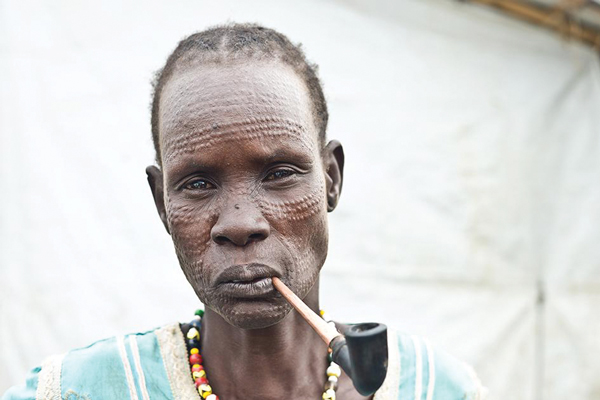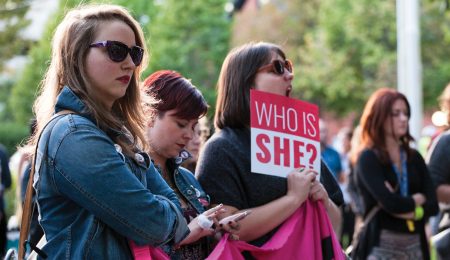Exhibition showing on U of O campus displays plight of Indigenous women
Photo: Courtesy of Samer Muscati
Samer Muscati, a former University of Ottawa student and the women’s rights emergencies researcher with Human Rights Watch, has been travelling the globe to research conflict areas and photograph those involved.
He has now put together a photo exhibition, called The Unfinished Revolution that will show at the U of O beginning Nov. 5, of the many women and girls he has met during his work.
Human Rights Watch is an NGO that conducts research and advocacy missions concerning human rights around the world. Muscati focuses on the impact of conflicts and human rights violations on civilians, specifically women and girls.
Human Rights Watch does not only focus on countries outside of the Western world. Some of the subjects in the exhibition are Indigenous women in Canada.
“It does have an international focus, but at the same time, there’s a lot in Canada that needs to be done in order to address the serious human rights violations that certain populations are facing,” Muscati said.
Although Muscati has been photographing his subjects for years, it was not with the intention of creating an artistic exhibition. While travelling to countries like Cambodia and Sudan, Muscati has been using photography as an added component to document his work.
“I feel we can have 100-page reports, and it’s very detailed, and has great analysis, and good recommendations, but sometimes, in order to have the human element, photography’s a great way to kind of make people relate directly to the issue,” says Muscati.
While conducting his research, Muscati has found that the effects that conflicts have on women and girls is often ignored.
“It’s important because I think women and girls are forgotten in conflicts,” he says. “Sometimes women’s voices are not heard, and I think women suffer very specific violations, and horrible violations, and it’s important that they have a voice, and that their stories come forward as well, and I find that photography is one way to do that.”
The photos in the exhibition will all be accompanied by captions that give background information on the women and girls in the photos.
“For us this is not just art, this is advocacy driven, so it’s important to contextualize the photographs so people know, it’s not just the image that’s important, it’s the person in the image that’s important,” he said.
The exhibition will run until Jan. 26, 2016, giving students almost three months to check it out and learn about conflicts around the world and how they are affecting women.
“All of the photographs capture a lot of difficult events, and they also show the resilience of the women and girls, and I hope that people will leave encouraged.”
Muscati’s hoping that the photos will teach students about these conflicts and inspire them to get involved with human rights organization, and work towards a brighter future for women in Canada and internationally.





